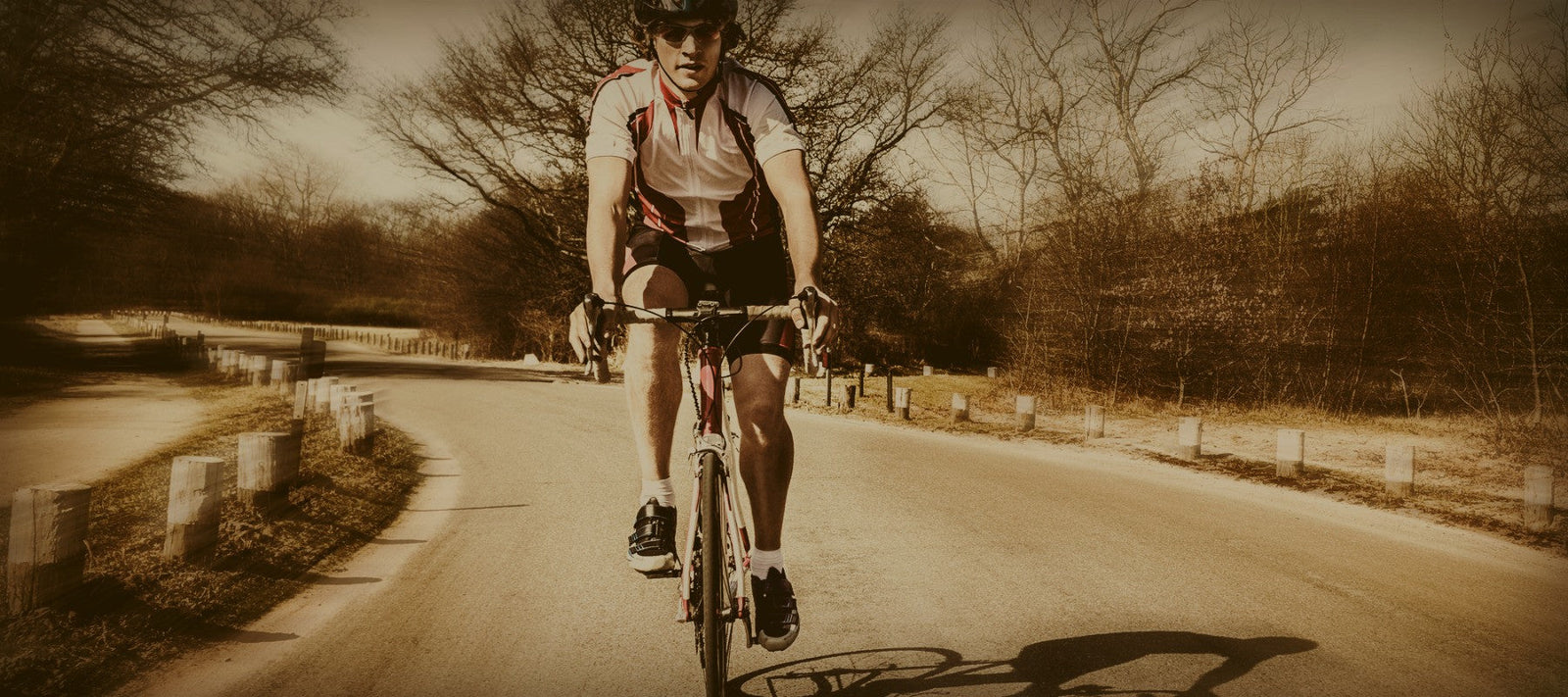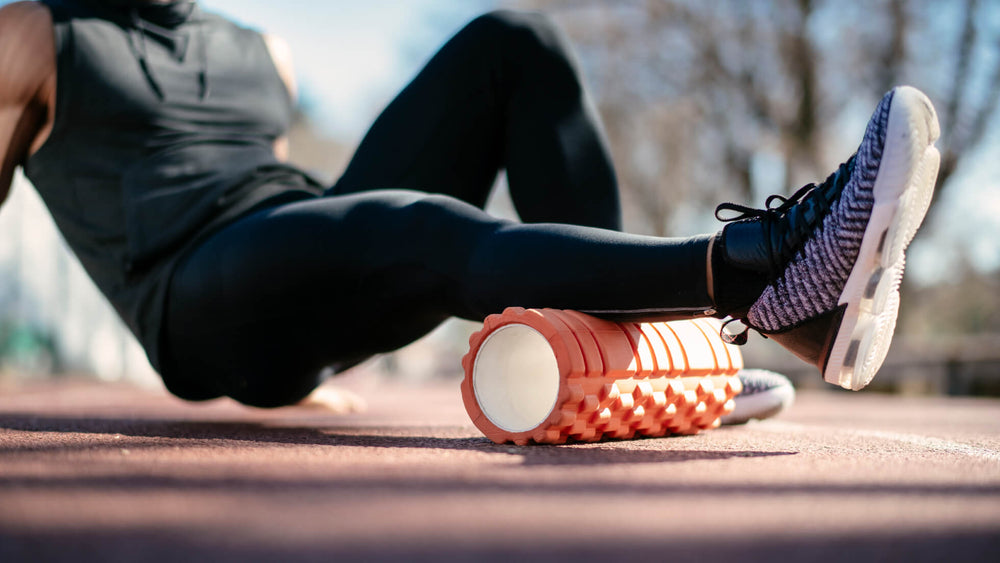Improve Leg Strength With One-Legged Pedaling

During winter months most cyclists are confined to the indoors and forced to ride on a trainer. It can be difficult to stay motivated, and even more difficult to find new workouts to spice up your training. One often overlooked and underrated drill is one-legged pedaling, which improves form and efficiency and provides a diversion in the dreary winter months.
When you pedal with two legs, one leg is always pushing down while — for the vast majority of cyclists — the opposite leg is doing next to nothing. Once you reach the top of the circle, the other leg takes over. This motion is very inefficient as it causes you to sway side to side and consumes energy. Over a short race you may be able to get away with this kind of poor technique, but if you want to be a contender for longer races you’ll have to correct this error. The best way to do that is with one-legged pedaling.
One-Legged Pedaling Technique
Leave both feet on the pedals but use one leg to push and just let the opposite leg go along for the ride. Conduct practice drills by riding for one minute with your left leg, one minute with your right leg, and then one minute with both legs — trying to keep the same motion you used in the one-legged reps. Over time you’ll notice that your legs move in a more circular motion, which is much more efficient, and both legs begin to apply equal amounts of pressure the whole way around.
Don’t be alarmed if in the beginning you have difficulties. It’s likely that you’ve been pedaling improperly for a long time and your muscles are well adapted to this habit. In short time though, you’ll get the hang of it, and pedaling in a higher gear and or at higher RPMs will take much less effort.
Take the next step in your training regimen: Try any BRL Sports supplement risk-free! If our natural nutritional products aren’t the best you’ve ever used, simply return your purchase for a 100% refund — no questions asked!
Also in Inspiration & Perspiration

High Altitude Supplements: Complete Guide to Training & Prevention (Altitude Sickness Solutions)
Support endurance and reduce altitude stress with supplements that improve oxygen efficiency, stamina, and recovery in high-altitude conditions.

Best Supplements For Runners: Complete Guide By Training Phase (Base, Peak, Taper & Race Day)
Discover the best supplements for runners by training phase—base, peak, taper, and race day—to boost endurance, recovery, and performance.

Creatine for Endurance vs. Sprint Efforts
Creatine isn’t just for power—learn how it boosts sprint speed, recovery, and endurance performance.


